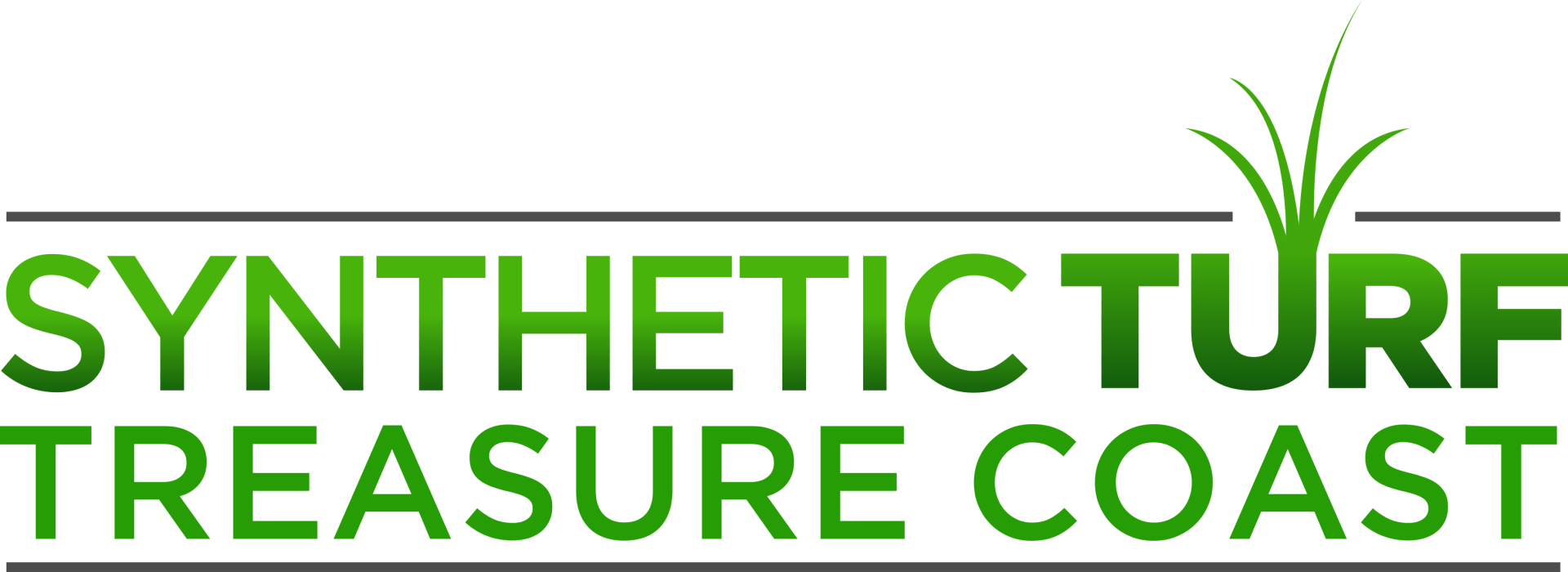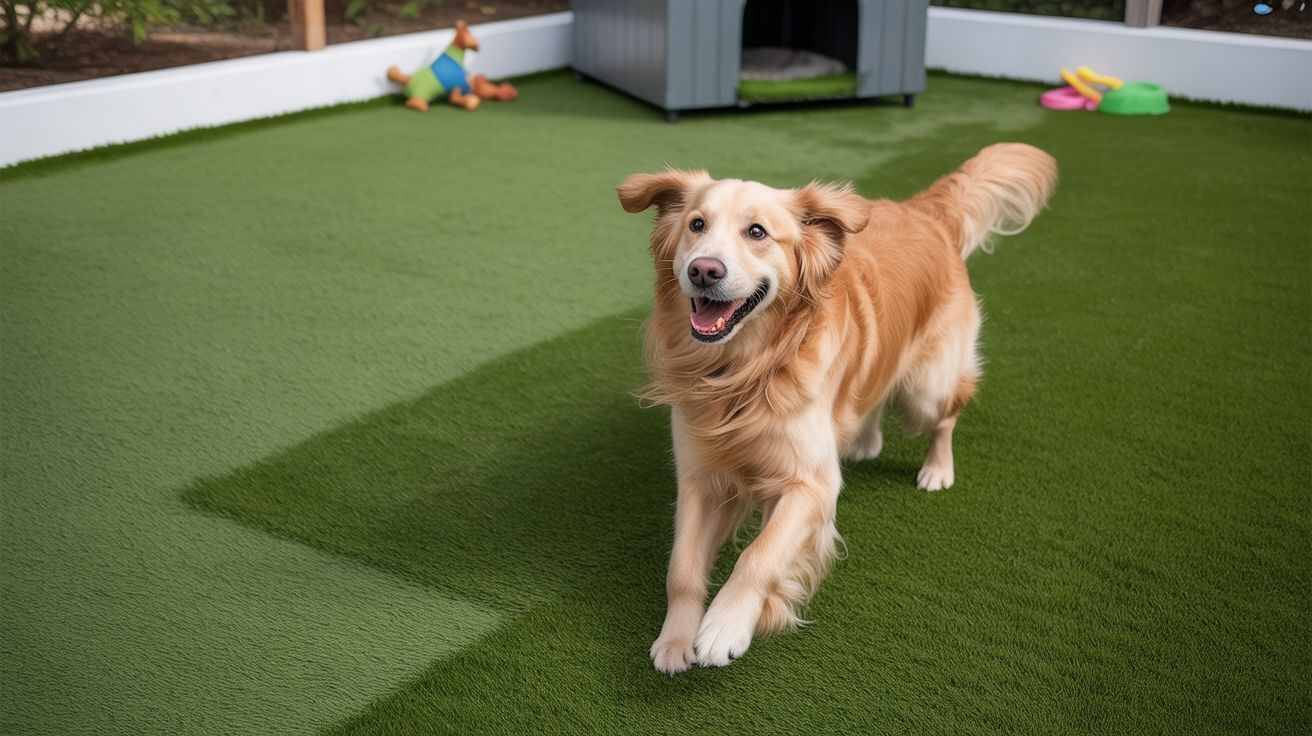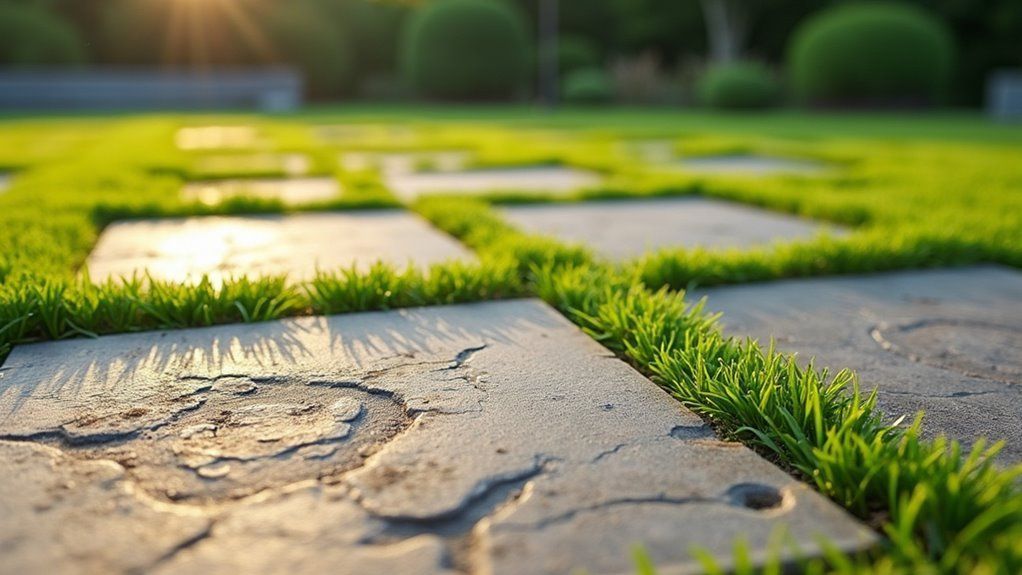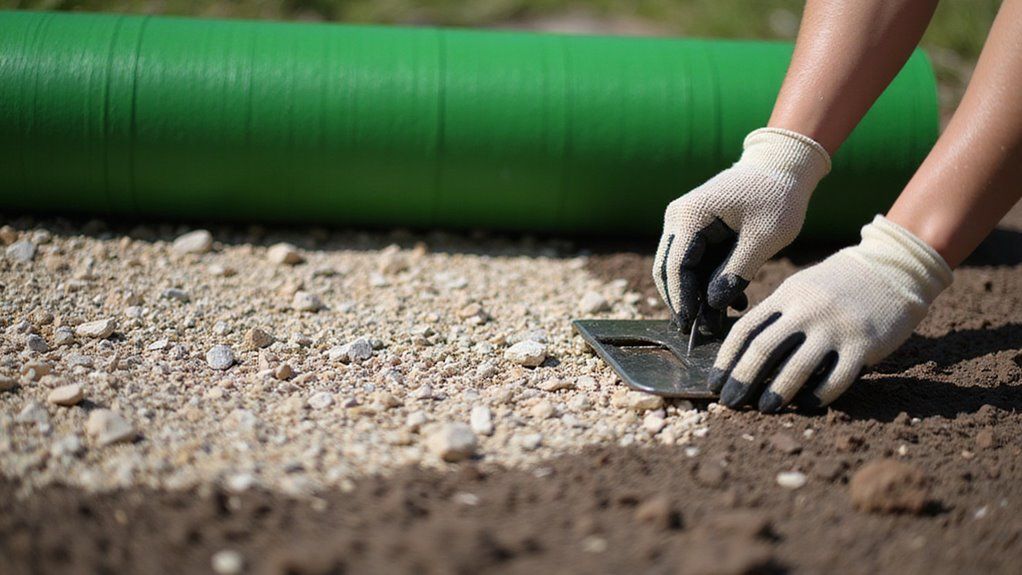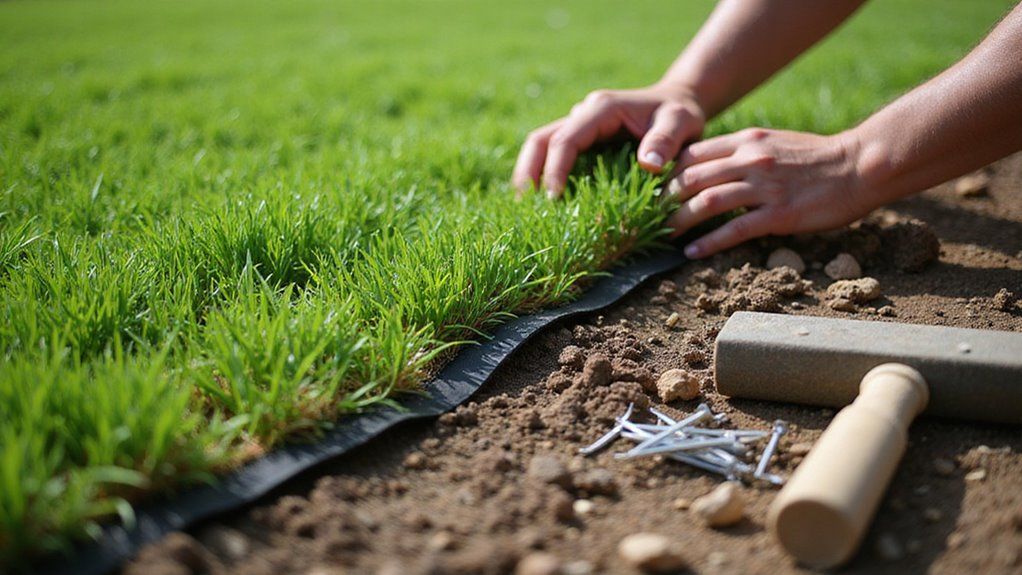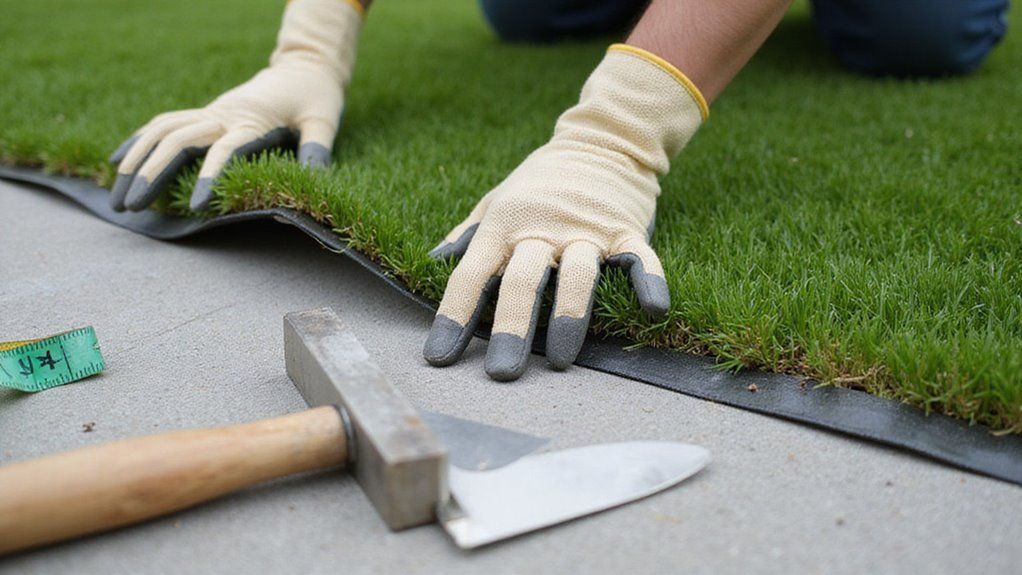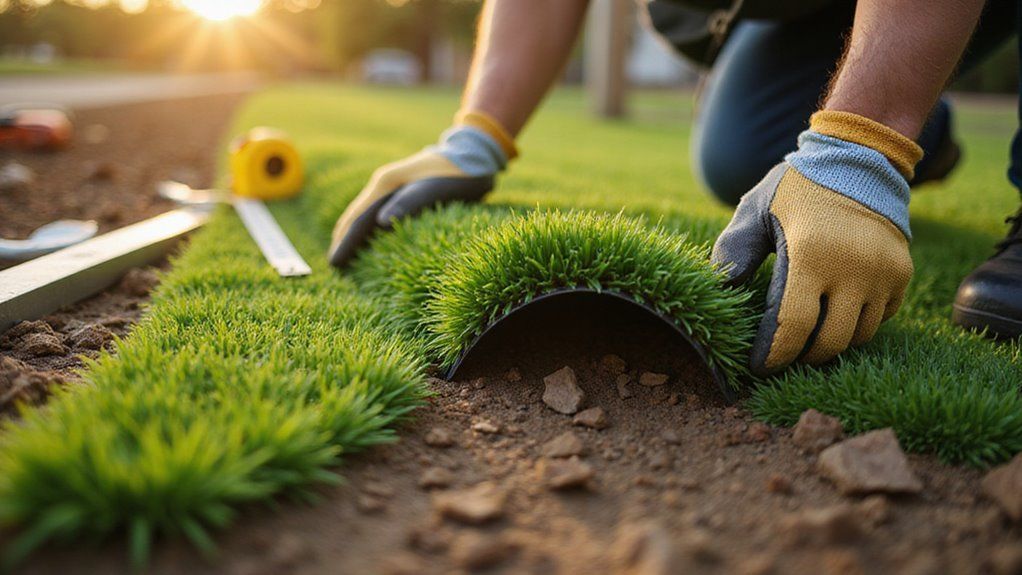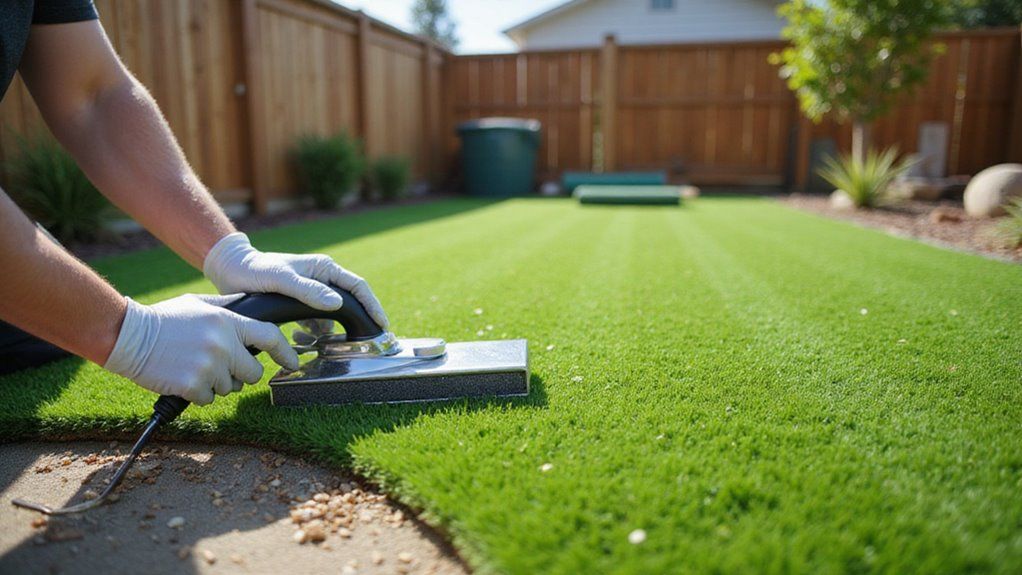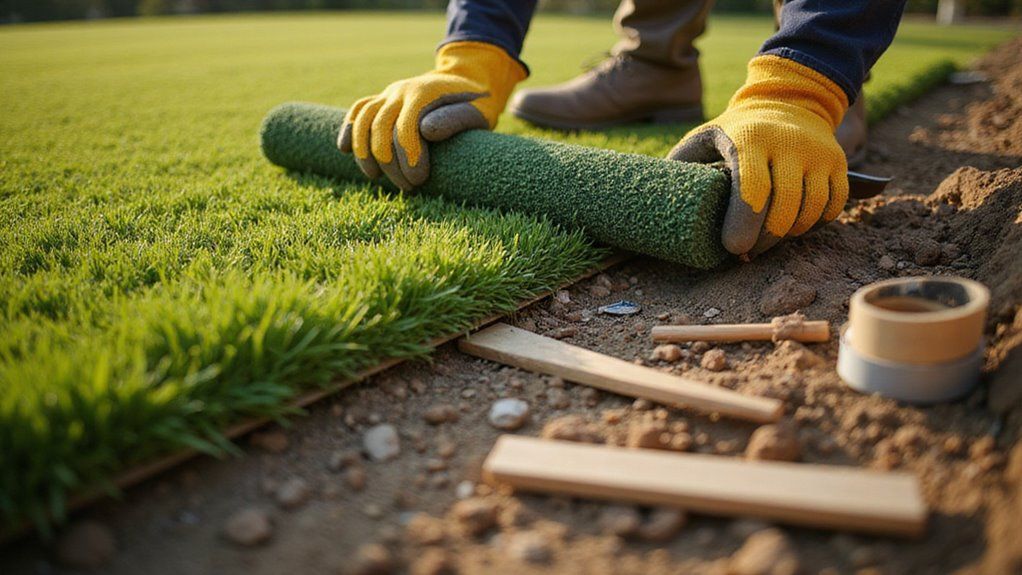Artificial Turf vs Real Grass: Which is more Eco-Friendly?
It’s an age-old debate. The battle between artificial turf and real grass is hard fought, but which should win out in the end? The time has come to answer this question once and for all.
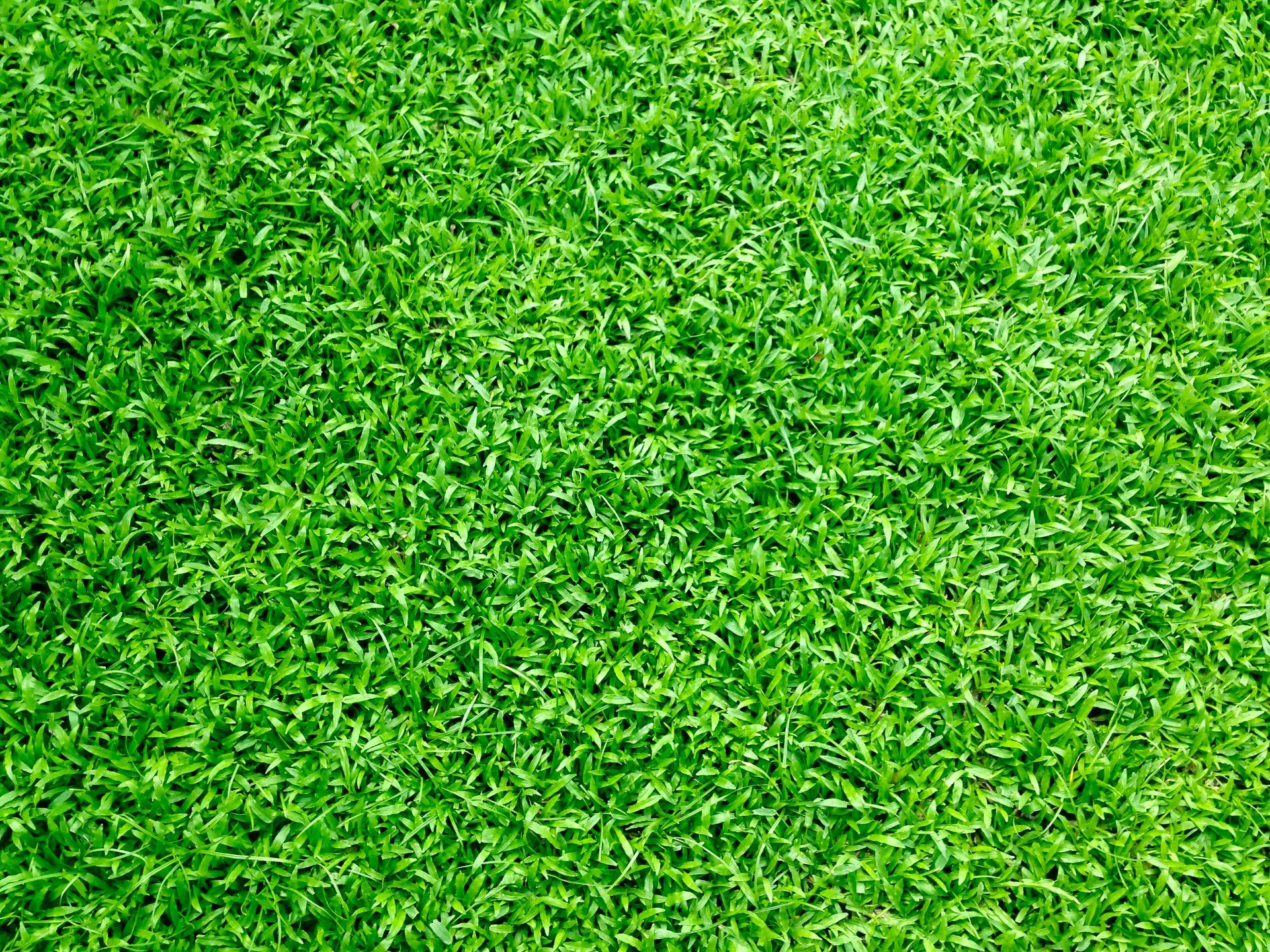
Why the Artificial Appeal?
It’s no secret that artificial turf has been on the rise in recent years. There are plenty of benefits to be found in its use. It’s important to consider what you’re getting yourself into with turf before making that lawncare leap.
- Maintenance - At least from an upkeep perspective, artificial turf is much easier to take care of. Pesticides, lawnmowers, weeding, and watering all go out the window. Those are all things that are harmful, in terms of pollution. Turf is also a more practical option for those who don’t have a yard. If you have a place with a balcony, rooftop, or even just mainly shady spaces, artificial turf is much more compatible.
- Aesthetics - You’ll never doubt that a lawn made of turf will let you down. The uniform, green visual it presents is certainly pleasing to the eye. And people generally want their environment to look nice. Artificial turf is a great way to keep the pretty picture without the typical maintenance. Turf installers can rest assured that it’s a clean option, as well. No trekking of dirt inside the house after the kids finish a game is a nice benefit. It is still necessary to clean up the artificial turf. There is litter to clean up and raking to be done.
- Environment - Yes, artificial turf is plastic. And with any production of plastic, carbon emissions will inevitably rise. But with proper upkeep, turf can last over 20 years. It would have to be replaced as the natural wear and tear of time takes its toll, but this can be done efficiently if you’re careful with your lawn. Ecowise, turf is more environmentally friendly than real grass in the long run.
Check out artificial turf installers near me to determine what is the best option for you and your lawn. Pay attention to things like if it’s recyclable or not!
Let’s Get Real About Grass
Keeping real grass for a lawn is no easy task. Like with artificial turf, let’s examine this side of the debate from three perspectives.
- Maintenance - For those interested in real grass, know that this requires constant maintenance. Ongoing care will just come with the territory. Things like mowing, watering, weeding, just trying to keep nature under control in general, is what you sign up for when you choose real grass. Not to mention that these forms of upkeep are not always environmentally friendly. While there is some merit to the idea that having real grass contributes to a greater increase of oxygen and less carbon emissions, this is far outweighed by the pollution that stems from mowing or using pesticides.
- Aesthetics - There is something so enticing about having real grass under your feet. Being able to feel it between your toes, to know there is real earth around you. And a lush lawn is a sight to behold. The water use would be extreme, however, to preserve this perfect image. In dry climates, this also poses a fire risk. At a cost to the environment this vision is often achieved.
- Environment - As we’ve already addressed, real grass is an appealing option that often comes at the expense of nature. The water required to sustain the grass and tools that contribute to air pollution are just some of the reasons why real grass is not the most eco-friendly choice.
Artificial Turf Reigns Supreme
If we must compare artificial turf to real grass, there is a surprising but worthy winner. The natural reaction for people is to gravitate toward what’s real and authentic. But this has been proven to be a less viable option environment wise. You can have the same pretty lawn without the mess of dirt or constant supervision. Artificial turf is a clean and efficient way to achieve the same landscaping goal, while being eco-friendly at the same time.
In Conclusion
If you’re searching for the more eco-friendly option, artificial turf is the way to go. It works as an environmentally safe, clean, and less expensive alternative to the typical grass and soil. Let’s consider this debate settled for now. The turf has been crowned. Long may it reign.
About the author
Kathy Leavell
Kathy Leavell is the founder and owner of Synthetic Turf Treasure Coast, a leading provider of synthetic grass solutions for residential and commercial properties in Florida. With over a decade of experience in the industry, Kathy has become a recognized expert in synthetic turf installation, maintenance, and repair. Under her leadership, Synthetic Turf Treasure Coast has earned a reputation for exceptional customer service and high-quality workmanship.
Prior to starting her own business, Kathy worked in sales and marketing roles at several major synthetic turf manufacturers.
